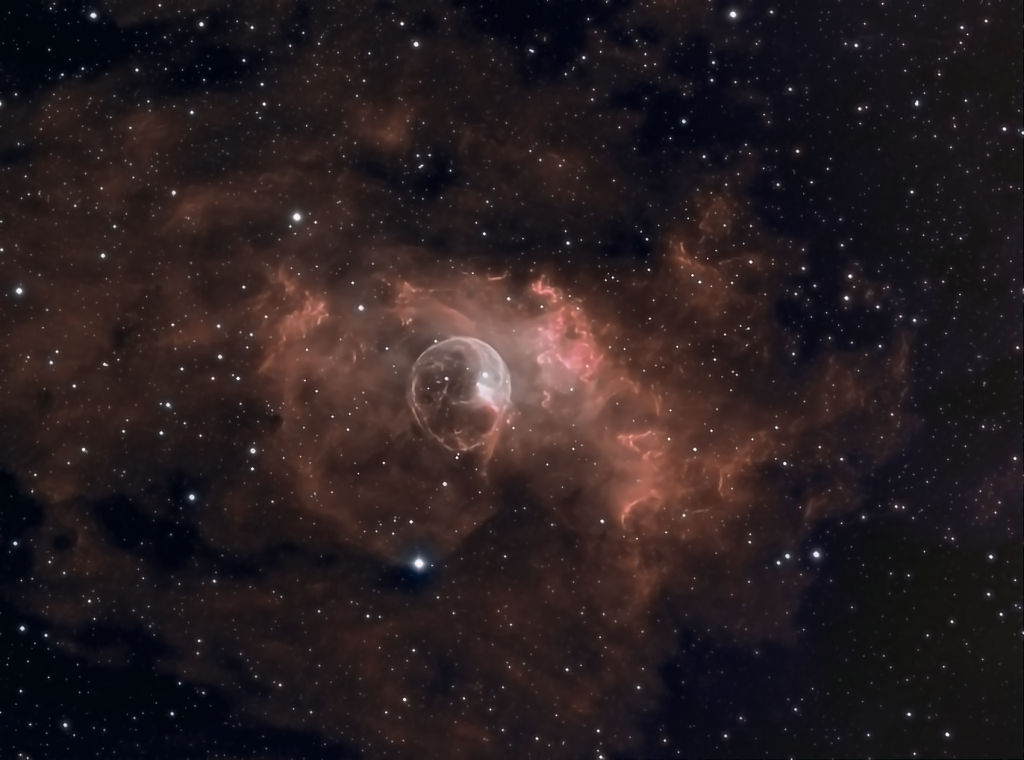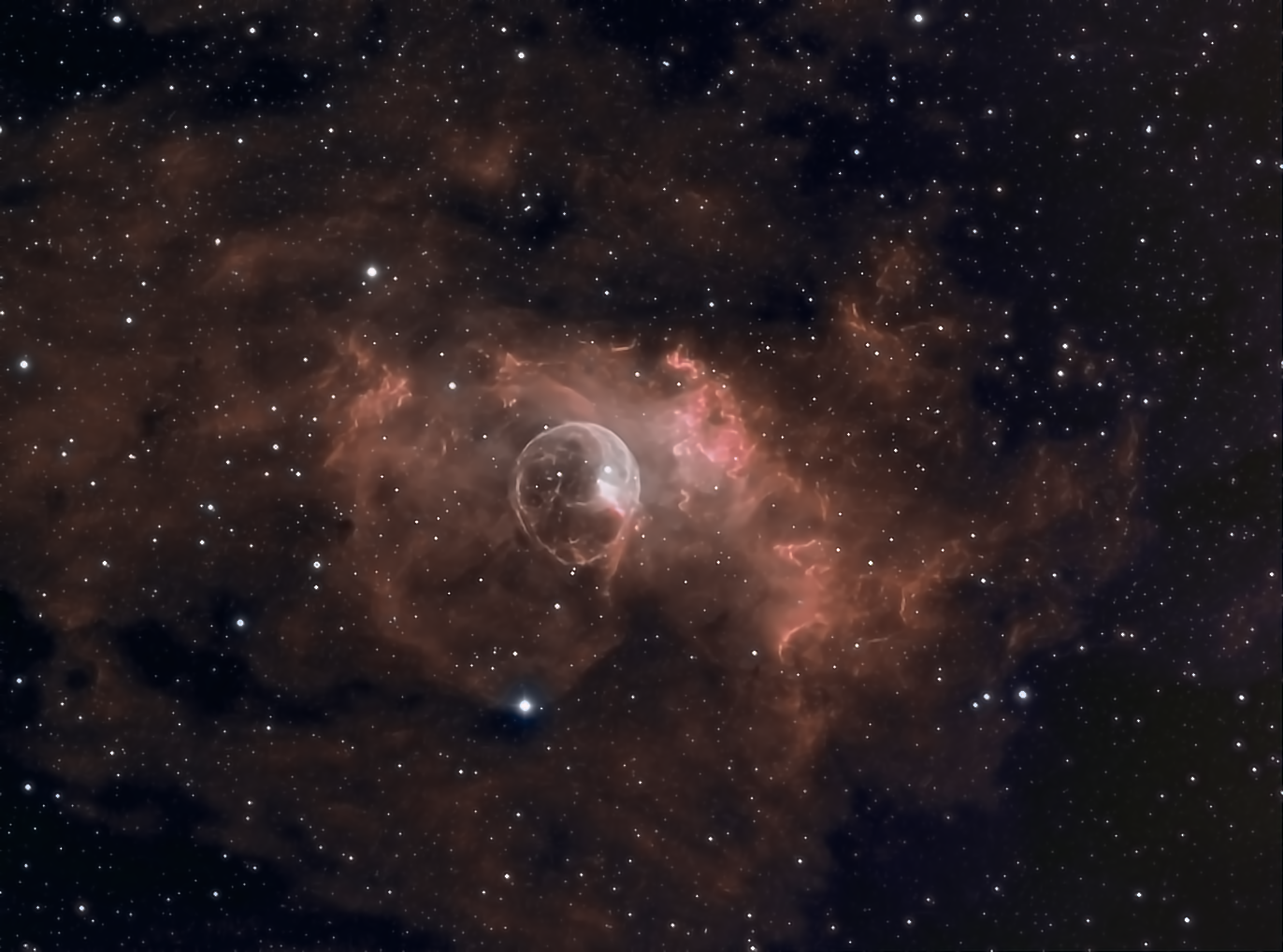
Similar Posts
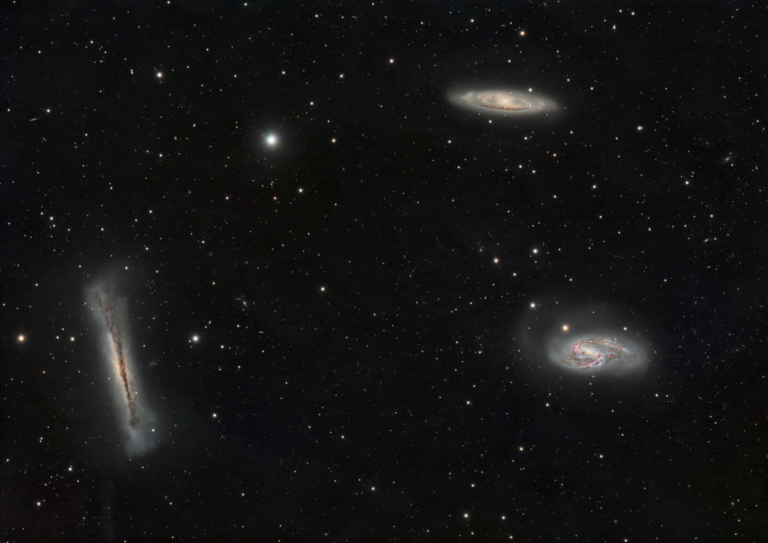
The Leo Trio (again)
It’s been awhile since I imaged the “Leo Trio” (aka Leo Triplet) of galaxies: M65, M66, and NGC 3628. I wanted to see if my latest equipment, software, and somewhat darker skies made a difference. I’d say so… this is a total of 25 hours of exposure time, including some Hydrogen-alpha filter data to pull…
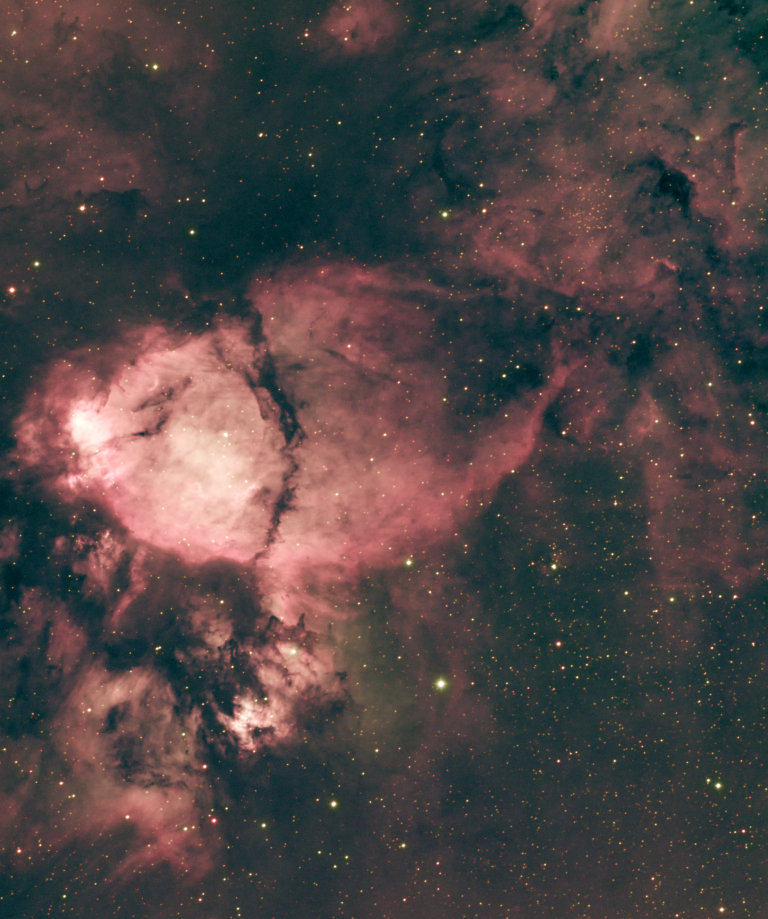
The “Fish-Head Nebula”
It’s really just a small portion of the Heart Nebula… that kinda looks like a fish. Maybe not the prettiest object in the cosmos, but it reflects a few technical accomplishments for me. About 20 hours of exposure time in total on this. Below I’m presenting it in a false-color “Hubble Palette”, as well as…
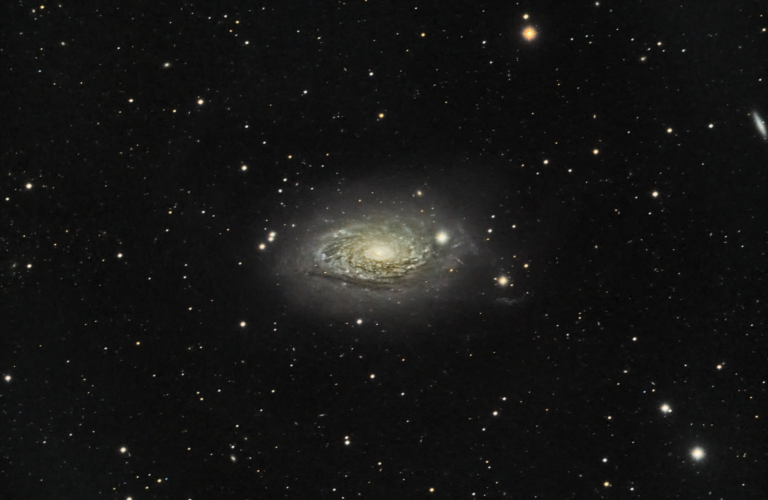
Revisiting M106 and the Sunflower
Now that our new backyard observatory is up and running, and we’re under darker skies than in our previous home, I’m revisiting some galaxies I’ve imaged before to see how things compare. Galaxies are tough… any amount of light pollution or moonlight really limits your ability to capture faint, wispy details. But the less light…
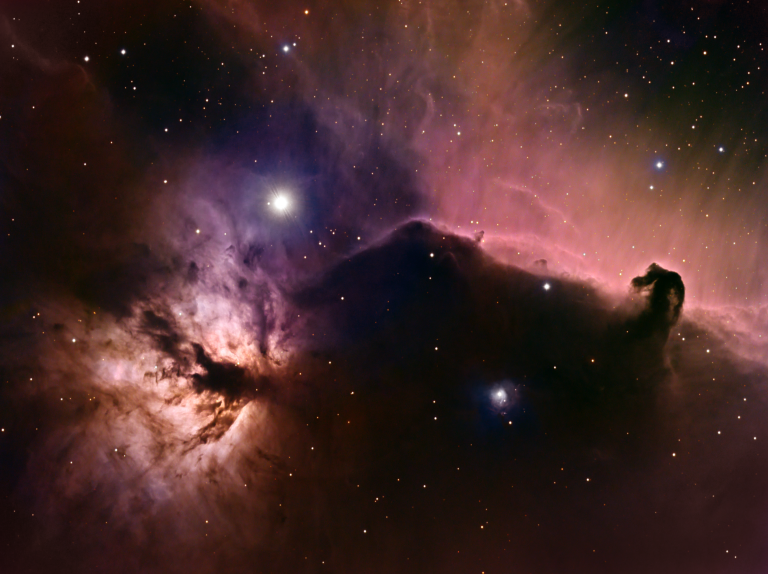
The Horsehead and the Flame
I trained my telescope at this pair of nebulas in Orion for a total of 10 hours. On the right is the iconic Horsehead nebula – actually a dark cloud of gas in front of the illuminated nebula behind it. To the left is the Flame Nebula. In between, in the upper-left, is the bright…
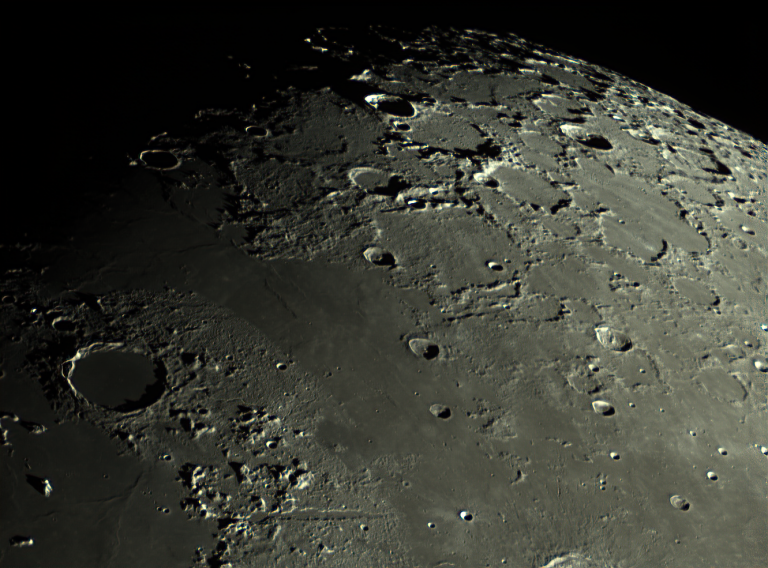
The Moon is Ready for its Close-Up
Last night I set out to image Jupiter and Saturn, but both are pretty far away at this point, and the atmospheric conditions weren’t great. So I tried for the Moon instead. We take our nearest celestial neighbor for granted – there’s a whole world right next to us, waiting for us to explore it!…
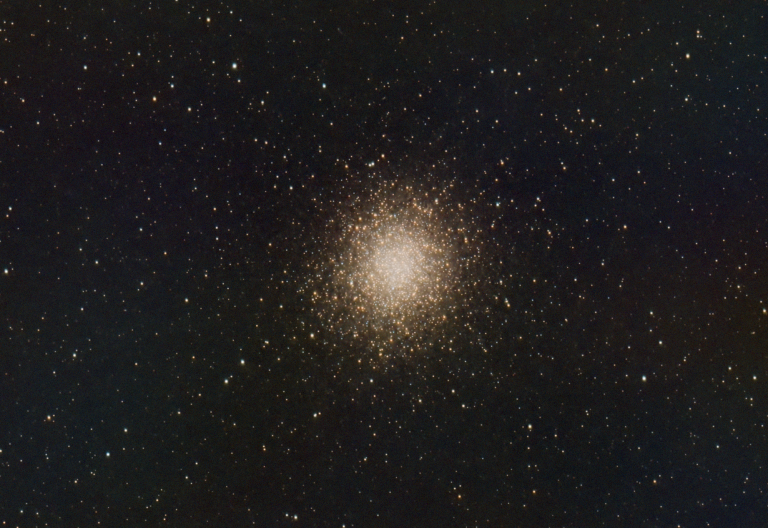
A golden globular cluster: M14
I’ve imaged this one before, but I keep coming back to it because I just can’t believe its golden color is real. But even after applying all I’ve learned about color calibration – I can say pretty definitely that these are its true colors. It’s also benefited from advances in image processing software, making the…

